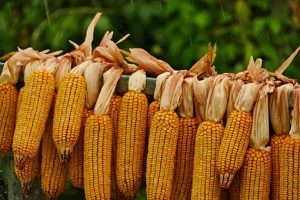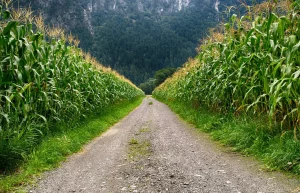In the Pomoravski District, corn has been sown on approximately 40,000 hectares, and harvesting is underway. So far, about 75% of the plots under corn have been harvested, with yields varying between 3.5 and 4 tons per hectare, depending on the quality of the land and the applied agricultural techniques. This information was presented at the “Corn Field Day” event, which was held in Donji Štiplje, on the sample plot of the Agricultural Advisory and Expert Service in Jagodina.
Maize yields vary due to a variety of factors, including soil type and degree of agricultural technology. On plots where the plant composition is good, a slightly better yield is expected. On the sample plot in Donji Štiplje, yields were optimized thanks to careful preparation and application of agrotechnics.
The basic cultivation of the land was carried out with the introduction of 250 kg of fertilizer NPK 16:16:16, which was crucial for the initial development of the crop. After closing the winter furrow, another 250 kg of ANA fertilizer was added, which additionally ensured the growth of corn. Sowing was done on April 30, which is now the optimal time for sowing, because corn needs more time to sprout in cold soil. Maize needs the soil to warm up to about 10 degrees at a depth of 10 cm for the seeds to germinate within 8 to 10 days.

How to feed corn to get good yields?
After sowing, black spraying was carried out, and the crop was then in perfect condition. However, the problem was caused by pheasants that thinned the crop in certain places, which somewhat affected the final yield. Also, the appearance of weedy vegetation was noticed, but it did not pose a big problem.
In June, inter-row processing and top dressing with an additional 250 kg of Kana was carried out, which significantly improved the condition of the crop. Due to these measures, yields on this plot are expected to be slightly better than average. In more fertile river valleys, where the soil is more fertile and where full agricultural techniques are applied, yields will be significantly higher.

Climate change and increasingly severe droughts pose new challenges to farmers. They are advised to adjust their activities accordingly, including planting different maize hybrids earlier and later, as well as irrigating plots where possible. Irrigation is a key factor in increasing yields, especially in the dry periods that are increasingly affecting this region.
Source: Good morning
Source: boljazemlja.com


